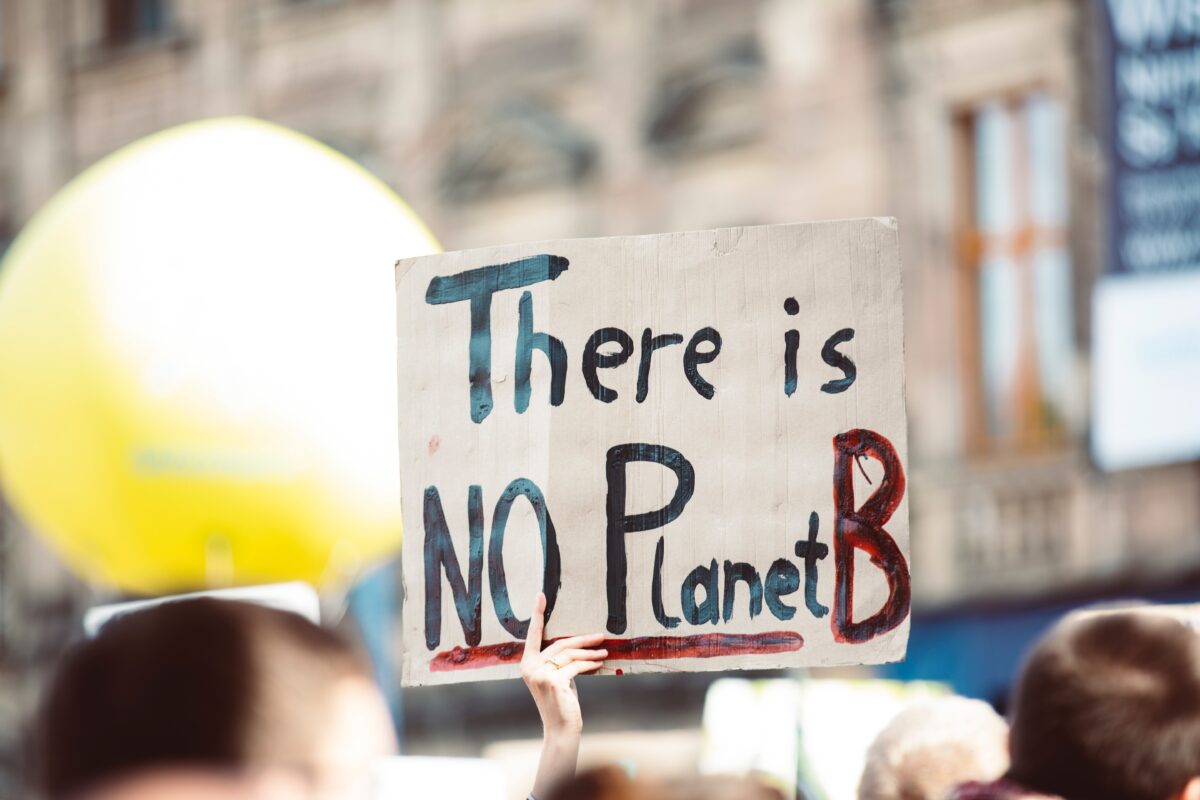Coronavirus has upended everything. Within the space of a week in the spring, the pandemic has taken centre-stage in our social and political lives and has remained there, immovable, ever since. So interwoven into the experience of everyday life has the virus become, it sometimes feels difficult to think about much else.
In many ways it’s absolutely right that our attention should be so fully devoted to discussing covid-19 and, in particular, how to contain it. Bearing down on the spread of the virus to protect life and jobs is arguably the single biggest challenge the country and the world has faced since WW2.
But there are two additional crises that lurk not far into the horizon. In fact they are already here. These are the dual threats of the housing crisis on the one hand, and environmental collapse on the other. As scientists have evidenced, the latter creates the conditions for viruses like covid-19 and others to spread in the first place.
Left unchecked these twin crises will get worse and spin out of control.
Just consider this. It’s possible that environmental degradation could lead our planet close to becoming uninhabitable by the end of the century. The destruction of nature isn’t just about climate change — undoubtedly an existential risk and one that has received a lot of attention since last year. It’s also about extreme biodiversity loss and a rapid decrease of land and soil productivity — two issues which get too little attention and which, in the words of the UN, are “eroding the very foundations of our economies, livelihoods, food security, health and quality of life worldwide.”
On the other hand, the collapse of affordable housing has proved a disaster for many and may get worse. Home-ownership is out of reach for a generation of young people, in parts of the country average rent equates to three-quarters of median pay, and tens of thousands of families live in insecure temporary accommodation. Without access to a place people can reliably call home, the foundations of democratic norms — norms which rely on basic levels of socio-economic security for all — are at risk.
But this needn’t be our fate. We can carve out a different future, one where we provide housing security for everyone and safeguard nature at the same time. Doing this requires implementing a wide range of governmental interventions and creating market conditions which favour people and the planet above unbridled profit. But there is one policy area where we can begin to tackle both crises at once — and that’s unlocking the potential for environmentally friendly housing while making housing genuinely affordable.
So how do we do it?
Change begins with shifting how we think about housing. Much of the debate frames environmental protection and boosting housing supply through the prism of trade-offs: we sacrifice the former for the latter (or the reverse), say by building on the green belt (or choosing not to). But new-build and enhancing environmental protections can be two sides of the same coin.
Indeed, innovation and policy change is already moving us in that direction. Some developers are incorporating enhancements to ecosystems within their developments, like increasing beehives and bird boxes in urban settings. In parallel, bodies like the London Assembly champion ideas to nudge or require developers to think green — like incorporating requirements for minimal ‘green space factors’ into planning and recognising innovative ideas through award schemes.
In addition, the more we can transform the infrastructure that neighbourhoods rely on towards sustainable ends, the more we can move in this direction. For instance, we must ensure transport links are green — whether it’s by prioritising walking and cycling links above roads, and when roads are necessary ensuring they’re used by electric cars, not gas-guzzling vehicles.
A second step lies in pushing back on historic, out-dated practices in the development industry. At the forefront of this change is challenging a de facto presumption in favour of demolition. Demolition is massively wasteful — in the UK alone, the construction industry accounts for 60% all materials used. In addition, the development industry accounts for 45% of carbon emissions, and when demolition happens it releases huge amounts of “embodied carbon”. The alternative should be a presumption in favour of refurbishment with demolition there as a genuine last resort.
It is possible to refurbish whilst unlocking affordable housing. The long-term consequences of covid are likely to be empty office buildings in the centre of cities, as white-collar workers shift to working from home on a more regular basis. Local and regional leaders must therefore find ways of bringing back empty premises into use as affordable and quality housing. We’ve already seen councils take similar steps to revitalise centre city living when perceived urban decay has been a challenge in the past.
In cities like Liverpool city centre, living increased by 181% from 2002 and 2015, whilst in Birmingham it increased by 163%, and these changes were a result of proactive policy interventions. Living in these areas is now associated with a good quality of life, in effect embracing the Mayor of Paris’ 15 minute living concept where everything one would need (whether it’s access to gyms, restaurants, the supermarket, or schools) is within close walking distance.
A third move is embedding the circular economy into any new affordable housing development. From deploying renewable energy sources, like heat pumps and solar, through to releasing more subsidies for insulating homes, change is well under-way on this front. The shift needs to be coupled with sustainably disposing of waste and in particular food waste — an issue that lies behind a whopping 8% of global greenhouse gas emissions.
What this means is getting people to waste less food in the first place, and when waste is inevitable making sure it’s composted or ends up in anaerobic digestion plants not landfill or being incinerated. Crucially, using resources intelligently helps with the affordability of living expenses. Cutting fuel bills can lead to hundreds of pounds in household savings, whilst eating not wasting edible food can save the average household £500 per year.
These are just some changes that we can make to marry the need for genuinely affordable housing with sustainability. What’s outlined above does not negate how difficult achieving the scale of transformation we need to see will be. But the urgency with which we increasingly understand the environmental crisis, coupled with new technological opportunities, means citizens, policy-makers and developers are very clearly beginning to envision and see the opportunity to build another future.
This week Labour challenged the government to ‘Build it in Britain’ and support the creation of 400,000 jobs, including in the crucial manufacturing sector, through a green recovery from the Covid crisis. Action now would support the creation of new jobs and tackle the climate and environmental crisis, and includes expanding energy efficiency and retrofit programmes, including in social housing.
For too long we’ve negated people’s right to secure housing whilst undermining the natural world. Covid-19 is undoubtedly the biggest short challenge facing us, but we need to walk and chew gum at the same time, keeping focused on tackling the twin threats of insecure housing and environmental breakdown.
The moment for change is now.

